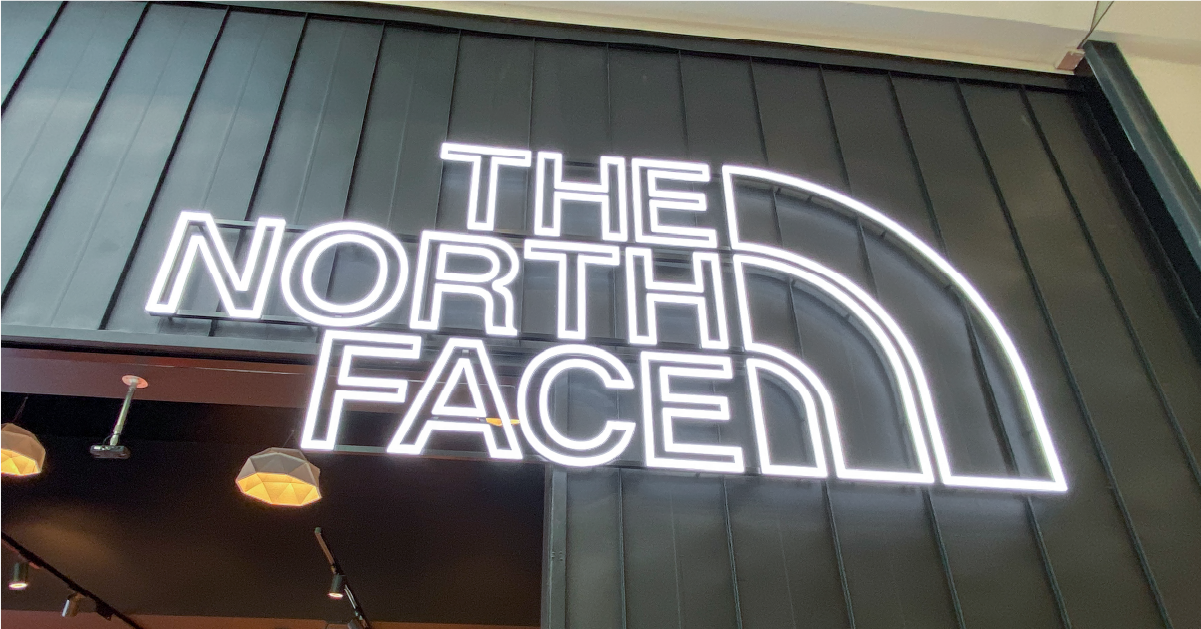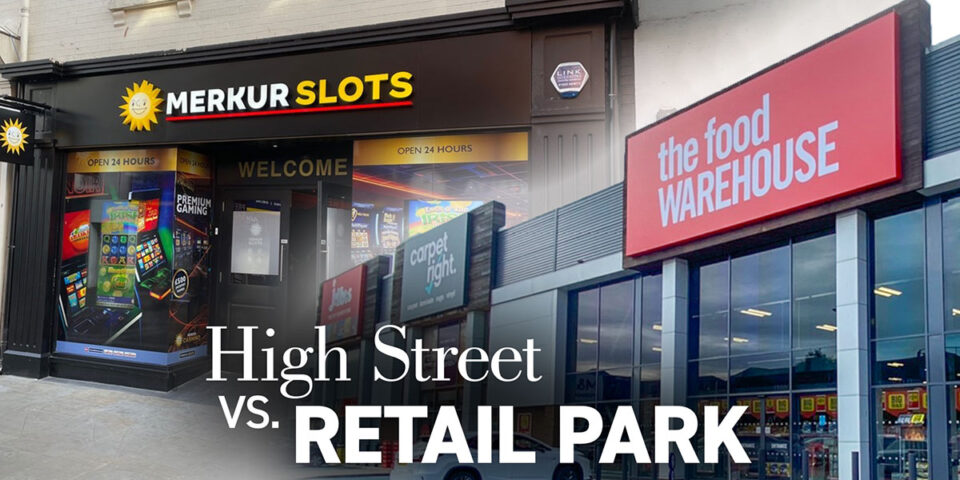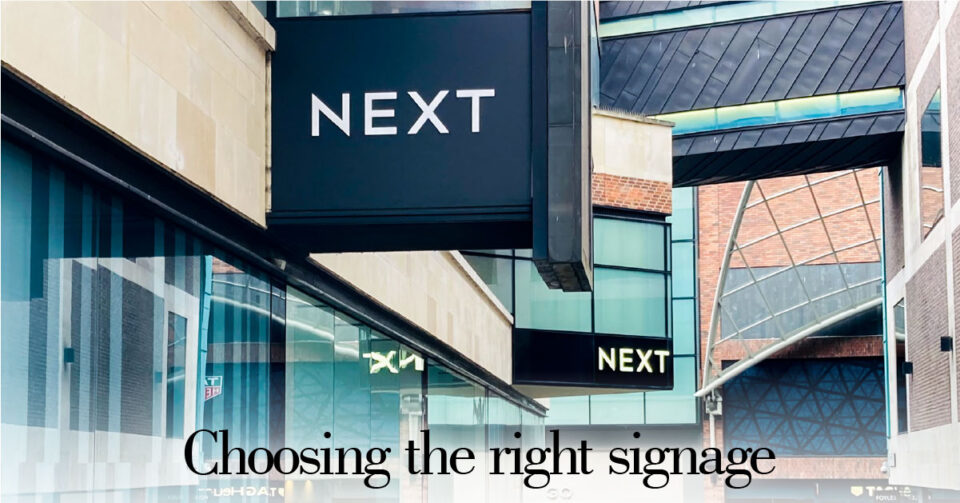In the world of business, first impressions matter more than you might think. Your signage is often the first point of contact between your customers and your brand, making it an integral part of your business’s identity. To make an informed decision when it comes to choosing signage materials, you need to understand the advantages and disadvantages of each. Join us as we explore the common signage materials used in the industry, along with their advantages and disadvantages.
ALUMINIUM
Aluminium is one of the most popular materials used in signage design, and for good reason. It offers a wide range of advantages that make it a top choice for businesses looking for durable and visually appealing signage.
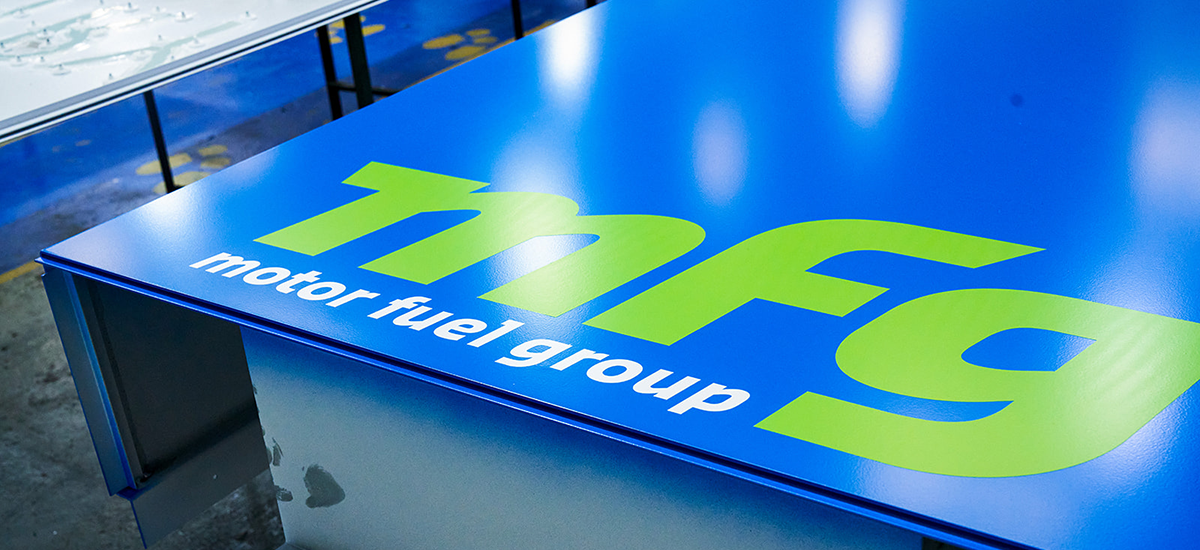
Advantages of Aluminium in Signage Design:
Durability: Aluminium is highly resistant to corrosion and rust, which makes it ideal for outdoor signage. It can withstand harsh weather conditions, including rain, snow, and UV exposure, without deteriorating.
Lightweight: Despite its durability, aluminium is relatively lightweight. This makes it easier to install and reduces stress on the supporting structures, which can be particularly important for larger signs.
Customization: Aluminium can be easily cut and shaped into various sizes and designs. This flexibility allows for creative and custom signage options, including different shapes and dimensions.
Longevity: Aluminium signs have a longer lifespan compared to many other materials. This means they require less frequent replacement, resulting in cost savings in the long run.
Low Maintenance: Aluminium signage is easy to clean and maintain. Regular cleaning with mild detergents and water can keep the sign looking fresh and attractive.
Versatility: Aluminium signs can be used in a variety of settings, from retail storefronts and office buildings to real estate signs and directional signage. They are suitable for both indoor and outdoor applications.
Visual Appeal: Aluminium has a sleek, modern look that complements various architectural styles and branding aesthetics. It can be further enhanced with different finishes, including brushed, polished, or painted surfaces.
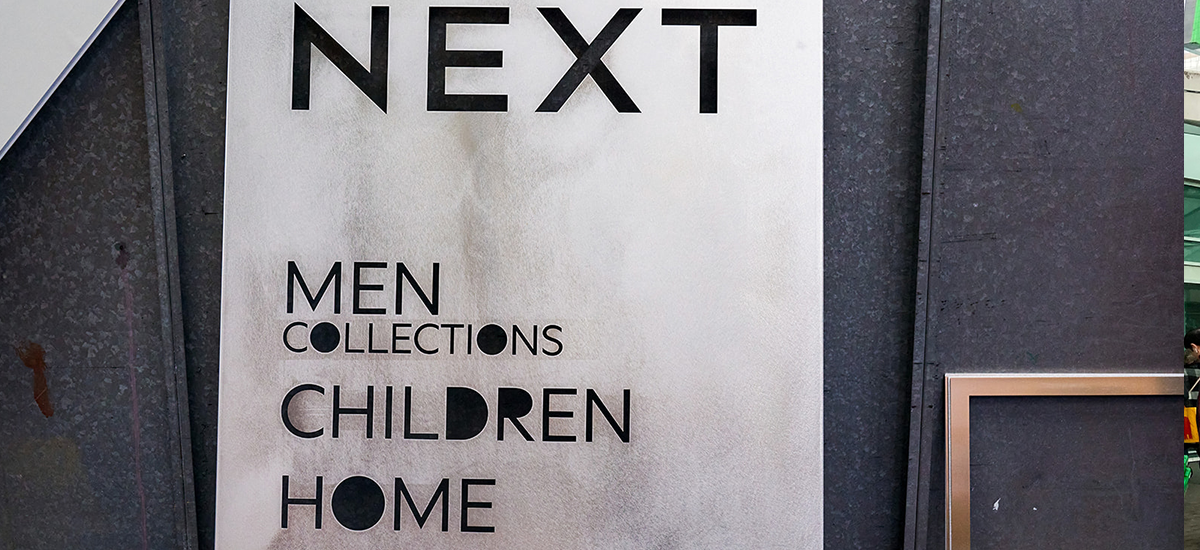
Disadvantages of Aluminium in Signage Design:
Cost: While aluminium is more affordable than some premium materials like stainless steel, it can be pricier than other signage materials like vinyl or plastic. The cost can vary depending on thickness and customization.
Scratching: While aluminium is generally resilient, it can be susceptible to scratching or dents if subjected to heavy impact or abrasive forces. This is a consideration in high-traffic areas or where vandalism is a concern.
In summary, aluminium is a highly versatile and popular choice for signage design, especially when durability and visual appeal are paramount. Its ability to withstand the elements, along with its customizability and longevity, make it an excellent option for a wide range of businesses. When chosen and maintained properly, aluminium signs can effectively represent your brand and provide a long-lasting solution for your signage needs, which is why it is our most widely used material for all our clients.
ACRYLIC
Acrylic, a versatile and visually appealing material, is commonly used in signage design, especially in used of illumination in signage.
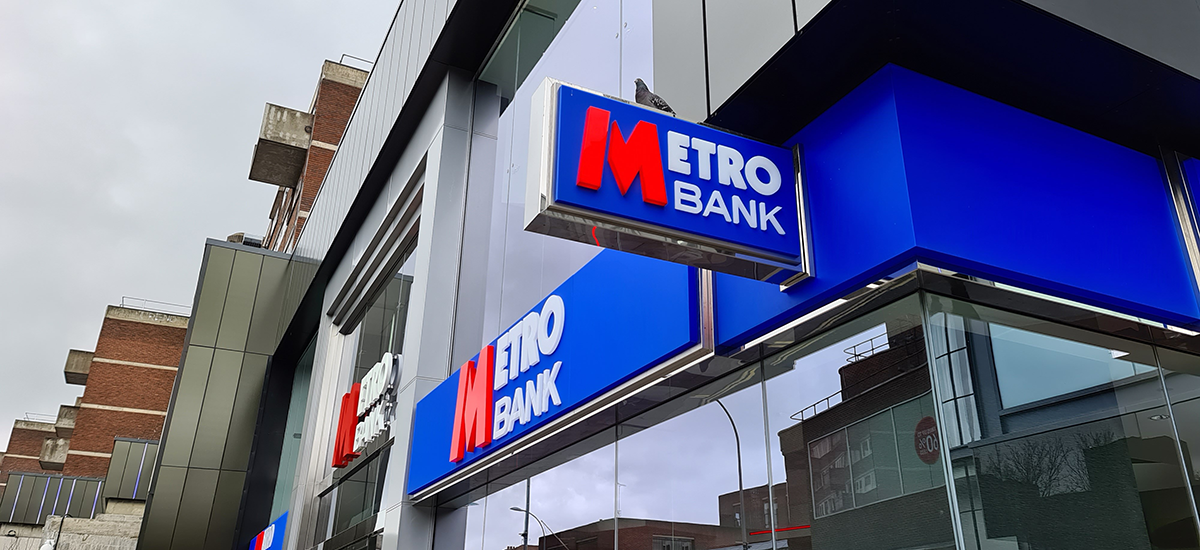
Advantages of Acrylic in Signage Design:
Versatility: Acrylic can be easily cut, engraved, and moulded into a variety of shapes and sizes. This flexibility allows for creative and customized signage designs to match your brand identity.
Transparency and Clarity: Acrylic offers excellent optical clarity, making it a fantastic choice for illuminated or backlit signs. It creates a clean, professional look that enhances the visibility of your message.
Durability: High-quality acrylic is resistant to UV rays and harsh weather conditions, making it suitable for outdoor signage. It resists fading and yellowing over time, maintaining its visual appeal.
Lightweight: Acrylic is lighter than glass, which simplifies the installation process and reduces stress on mounting structures. This is particularly advantageous for larger signs.
Colour and Finish Options: Acrylic signage can be customized with various colours, including transparent, translucent, and opaque options. Additionally, you can choose from a range of finishes such as glossy, matte, or textured surfaces to achieve the desired look.
Cost-Effective: Acrylic is often more cost-effective than premium materials like glass or metal, making it a budget-friendly choice for businesses.
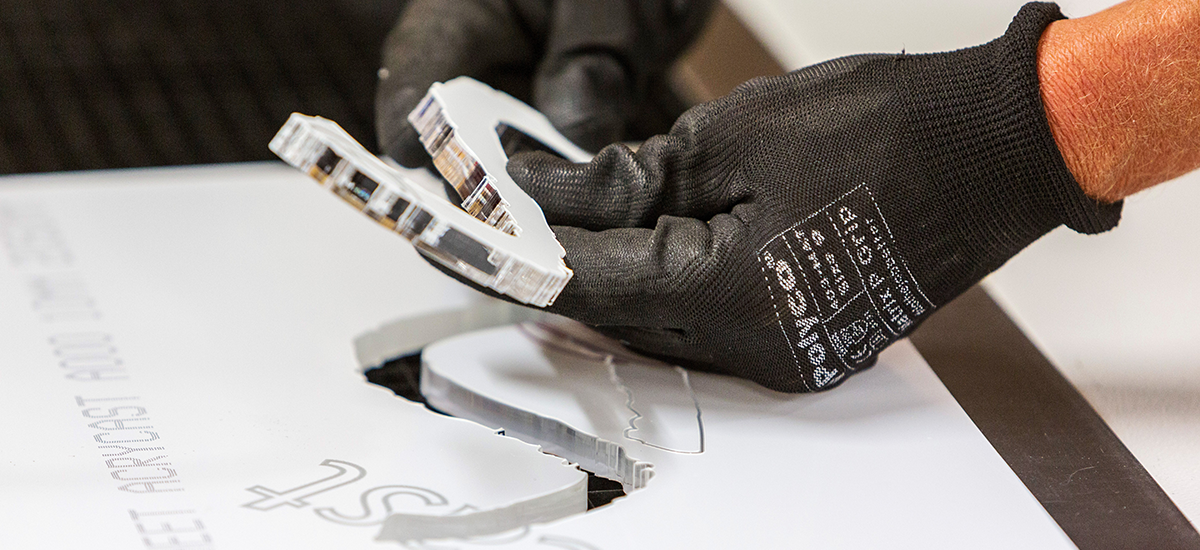
Disadvantages of Acrylic in Signage Design:
Scratch Susceptibility: Acrylic is not as scratch-resistant as some other materials, like glass. In high-traffic areas or environments with the potential for vandalism, the surface may be vulnerable to scratches.
Fragility: While acrylic is durable, it is more prone to breakage upon impact compared to materials like metal or wood. It can shatter if subjected to heavy force.
Environmental factor: Acrylic is a type of plastic, and like many plastics, it can have a negative environmental footprint. It is not biodegradable, which means that acrylic signage may contribute to plastic waste in landfills if not properly recycled.
Overall, acrylic is a versatile and attractive material for signage design, often chosen for its durability, and customizability. It’s ideal for creating sleek, modern signs with excellent optical properties, making it particularly suitable for applications where visual impact and quality illumination is important.
COMPOSITE MATERIALS
Composite materials, such as Aluminium Composite Material (ACM) and Dibond, are widely used in signage design due to their unique combination of properties. These materials consist of a sandwich-like structure, typically with two thin layers of aluminium on the outside and a solid plastic or foam core in the middle.
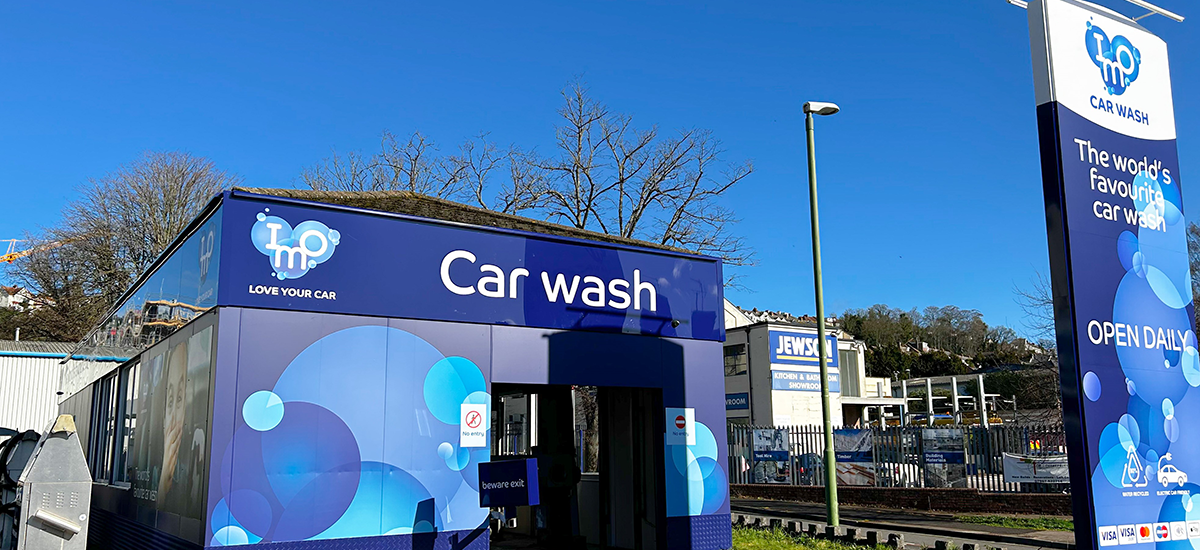
Advantages of ACM and Dibond in Signage Design:
Durability: ACM and Dibond signs are highly durable and can withstand exposure to the elements. They are resistant to corrosion, UV radiation, and moisture, making them suitable for outdoor applications.
Lightweight: These materials are lightweight, which simplifies the installation process and reduces the load on supporting structures. This is especially advantageous for large or oversized signs.
Flatness: ACM and Dibond panels have excellent flatness and dimensional stability, ensuring that your signs remain smooth and visually appealing.
Customizable: Composite materials can be easily cut, routed, or bent to create various shapes and sizes, allowing for creative and eye-catching sign designs.
Printability: They offer excellent surfaces for digital printing, ensuring vibrant and long-lasting graphics. This makes them perfect for signs with intricate designs or colourful branding.
Low Maintenance: These materials require minimal maintenance and are easy to clean, making them a cost-effective choice over the long term.
Versatility: ACM and Dibond can be used for a wide range of signage applications, including building signs, outdoor displays, indoor signage, and more.
Disadvantages of ACM and Dibond in Signage Design:
Environmental Impact: Composite materials often involve the use of non-renewable resources and may not be as eco-friendly as some other signage options. Careful consideration of sustainability is important, and in recent years many alternative cores to these composite materials have been developed to reduce the environmental impact.
Fragility: Although durable, ACM and Dibond can be susceptible to dents and dings upon impact, especially in high-traffic areas.
VINYL
Vinyl is commonly used for a wide range of signage applications, from store window displays to artwork coverings on top of other materials such as aluminium, composite materials and acrylic.
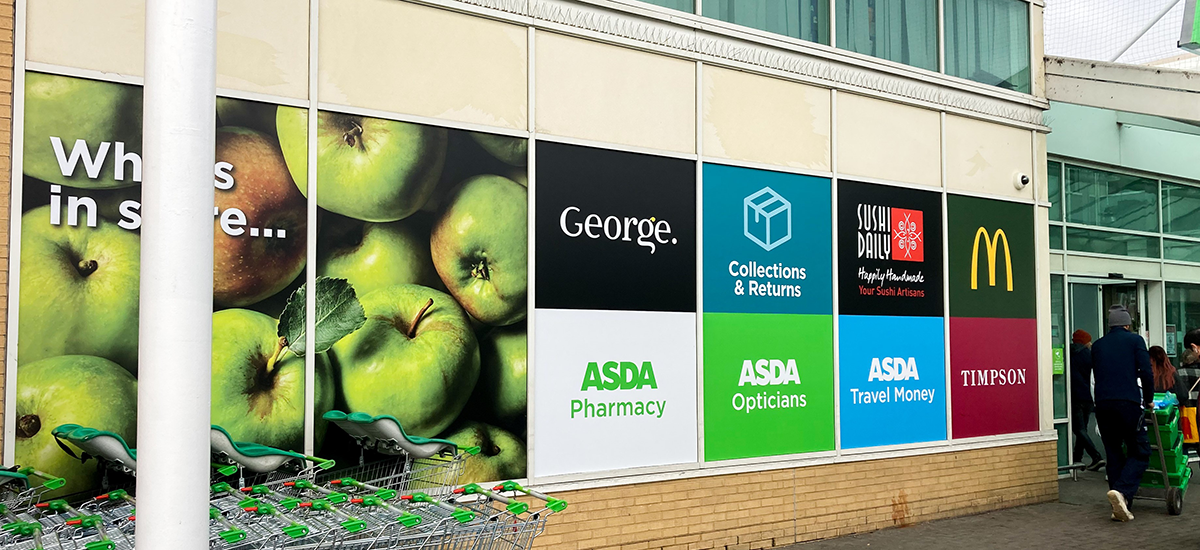
Advantages of Vinyl in Signage Design:
Affordability: Vinyl is one of the most cost-effective materials for signage. Businesses on a budget can create professional-looking signs without breaking the bank.
Customization: Vinyl comes in a variety of colours, textures, and finishes, allowing for endless design possibilities. It can be easily cut and shaped to create intricate graphics, text, and logos.
Durability: High-quality vinyl is durable and can withstand outdoor conditions, including exposure to sunlight and rain. It’s also resistant to fading, making it suitable for long-term use.
Versatility: Vinyl is versatile and can be applied to a variety of surfaces, including windows, walls, previously mentioned materials, and more.
Easy Installation and Removal: Vinyl signage is relatively easy to install and remove. It can be applied as decals, stickers, or full wraps, making it a practical choice for use-cases.
Printability: Vinyl can be digitally printed with high-quality graphics, ensuring sharp, vibrant visuals that are ideal for signs with detailed artwork.
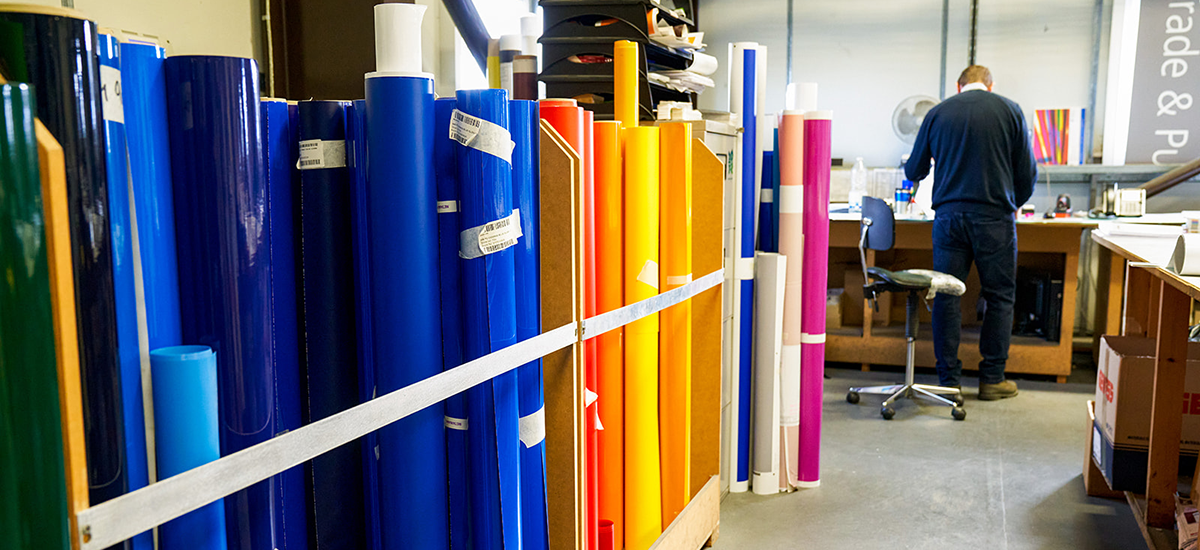
Disadvantages of Vinyl in Signage Design:
Durability in Extreme Conditions: While vinyl is durable, it may not withstand extreme weather conditions as well as some other materials.
Adhesion Issues: Adhesion can be a challenge on certain surfaces, and improper installation can result in bubbles or wrinkles in the vinyl.
Longevity: While vinyl is durable, it may not have the same lifespan as some other materials, particularly when used in outdoor settings, which can make it prone to fading and bubbling.
Environmental Impact: Vinyl is a type of plastic and may not be as environmentally friendly as other signage materials. Non-PVC (polyvinyl chloride) free vinyl, also known as traditional or standard vinyl, can have a significant environmental impact and efforts industry-wide are being made to remove this element from signage design.
SUSTAINABLE MATERIALS
Sustainable signage materials have become increasingly popular as businesses and individuals seek to reduce their environmental footprint. There are multiple approaches to tackle the issue of environmental sustainability in signage design, which we explore below:
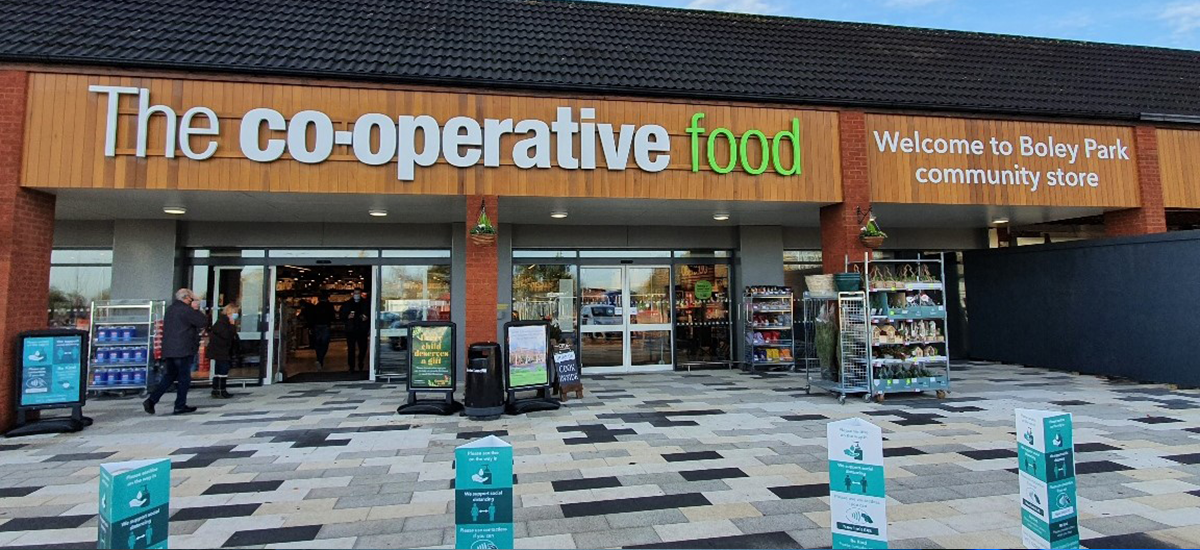
Recycled Materials: Using signage materials made from recycled content can be an eco-friendly choice. Recycled plastics, metals, and even reclaimed wood can be used to create signs, reducing the need for new resources.
Cork: Cork is a sustainable material harvested from the bark of cork oak trees. It’s biodegradable, and its unique texture and appearance make it a distinctive choice for signage.
FSC-Certified Wood: Using wood from forests certified by the Forest Stewardship Council (FSC) ensures that the wood is sourced from responsibly managed forests. This promotes sustainable forestry practices.
Recycled Aluminium: Aluminium is already known for its durability, and when it’s made from recycled content, it reduces the need for new resource extraction and energy use. Recycled aluminium signs are long-lasting and recyclable.
Non-PVC Vinyl: If vinyl signage is preferred, non-PVC vinyl or vinyl made from more environmentally friendly materials can be a better choice. These materials often contain fewer toxic additives and are easier to recycle.
Eco-Friendly Inks: When printing on signage, choosing eco-friendly or water-based inks reduces the release of harmful volatile organic compounds (VOCs) into the environment.
Green Signage: Incorporate living plants or green elements into signage designs, creating a living wall or vertical garden that provides environmental benefits like air purification.
When choosing sustainable signage materials, it’s essential to consider the entire life cycle of the sign, from production and installation to maintenance and disposal. Ultimately, selecting eco-friendly materials for signage design can help businesses reduce their environmental impact and promote a more sustainable and responsible approach to branding and communication.
Unfortunately, sustainable signage materials are not currently used universally due to cost, limited availability, concerns about durability, customization limitations, lack of awareness, regulatory hurdles, customer expectations, perceived complexity. Overcoming these barriers will require factors like cost competitiveness, greater availability, education, and evolving customer preferences. As these factors become less and less of a hurdle in the coming years, these kinds of materials are more likely to be utilised, which will inevitably lead to a more environmentally friendly signage design process.
